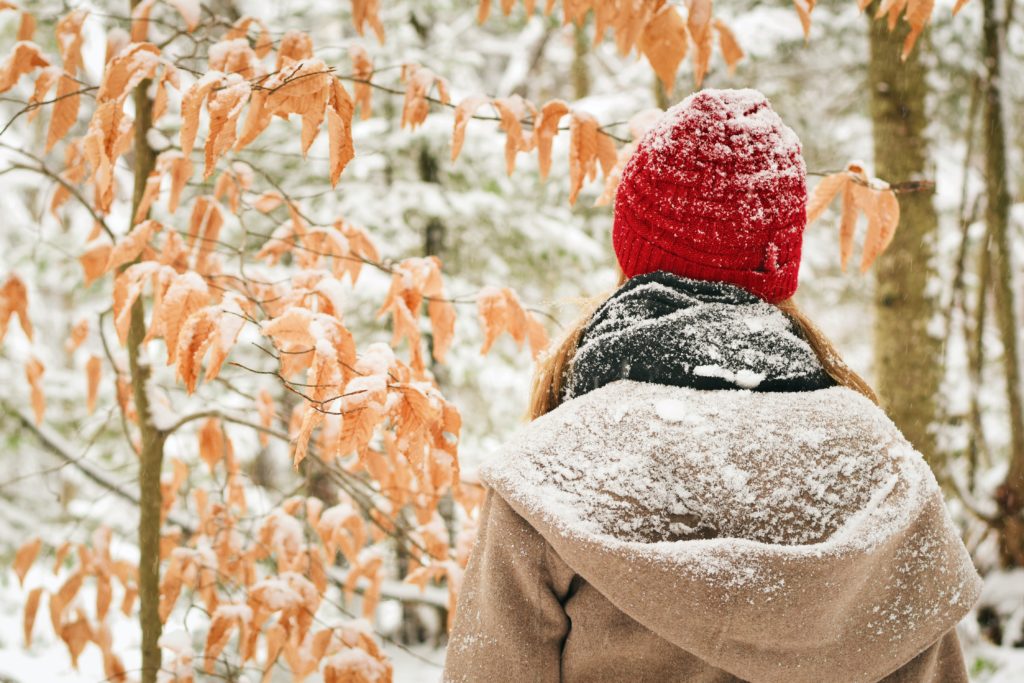News
Which Trees Keep Their Leaves During The Winter?
In late winter, the sky is often gray, and the skyline is a stark outline of bare trees – except for a few trees that keep their leaves during the winter, long after raking and bagging season is over. Have you ever wondered why some of these trees keep their leaves, and why others do not?
It’s called marcescence, from the Latin marcescent-, meaning to wither or shrivel, which is appropriate given that the leaves are dead, they are just not gone. Marcescence is most obvious in deciduous trees that retain leaves through the winter.
Other deciduous trees when temperatures dive and sunlight grows scarce, reabsorb their chlorophyll as a part of their self-preservation process. This causes them to turn color dramatically.
The cells that exist between the twig and the leaf stem then release enzymes and form an abscission layer causing the leaf to kill itself and fall off.
While the exact reasons are still debated by scientists and experts, here are the main theories for why some trees keep their leaves attached.
Protection From Herbivores
One theory is that the presence of dead leaves deters herbivores like deer.
The leaves and twigs of deciduous trees that keep their leaves are both less nutritious and less tasty – and therefore safer from predation.
A relatively simple tactic warding off unwanted dinner guests.
Surviving The Elements
Another type of speculation is related to the survival of the tree itself. Trees that hold onto leaves during the winter months are often smaller trees, which in nature would be part of a forest’s under canopy.
These trees would have access to less light and be less sensitive to environmental changes in the fall, but as the leaves on the larger trees surrounding them fall, they might get a final boost of light, aiding in their growth.
Plans For Regrowth
Some experts believe that trees will often have leaves hang on longer because it’s a way to ensure a second round of mulch in the spring.
This helps to provide a renewed supply of nutrients and protective layering for growth in the spring and summer months.
It’s difficult to say exactly why this phenomenon occurs, but it does, and marcescent trees benefit from it.
For homeowners with marcescent trees, it may be a bit of a hassle to rake another round of leaves come spring, so when you’re doing it think of how these trees have adapted and changed in order to survive the same long winter we all must.
If that doesn’t help, remind yourself that many animals shelter from the wind and cold behind these leaves, and perhaps that will.
If you need advice on how to best care for any of your trees, do not hesitate to contact a certified tree arborist at Chop. That is the area of our expertise.
Check out these other great articles from the experts at Chop.

